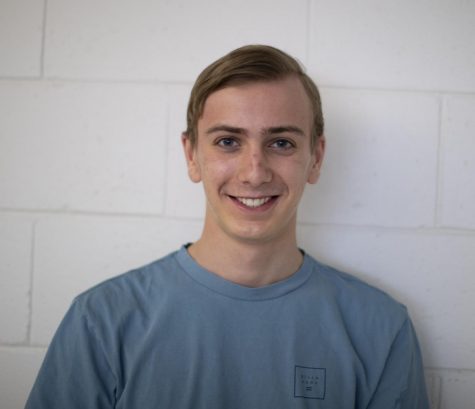MIT’s RePaint recreates stolen artwork
March 15, 2019
Two thieves disguised as police officers entered the Isabella Stewart Gardner Museum in Boston, Mass. on May 18, 1990. The guards on duty broke protocol to let them in, and the thieves handcuffed the guards before throwing them into the museum basement.
81 minutes later, the thieves left the museum with 13 works by Rembrandt, Degas and others. Altogether, the art holds an estimated value of $500 million. Today, empty frames hang on the walls where these very valuable works once hung.
It is unlikely the thieves will return the work, even with the museum’s $10 million reward. But, scientists at the Massachusetts Institute of Technology (MIT) have a solution.
MIT has developed a new technology called RePaint that combines artificial intelligence and 3D printing to create accurate copies of paintings. According to MIT, RePaint is “more than four times more accurate than state-of-the-art physical models at creating the exact color shades for different artworks.”
Simply put, MIT can use RePaint to replicate the stolen paintings from the Isabella Stewart Gardner Museum, and the average visitor would not even know the difference.
But some argue that just because MIT has the technology to replace stolen art does not necessarily mean they should. The bigger picture is if a copy can ever compare to the original.
For sophomore and artist Georgia Trentalange of Middletown, there is something about an original work that just makes it special.
“An original is an original,” Trentalange said. “There is no copy that will ever be as valuable as the original itself.”
Thanks to advanced artwork replication technology like RePaint, it might not matter as much if a viewer looks at a copy rather than the original.
“I don’t know if it matters,” Trentalange said. “As long as if the copy is exactly the same as the original, I don’t know how it could change the emotional response that you get from the original.”
Though RePaint has made significant advancements in reproducing art, the technology has yet to achieve perfection. The process takes a significant amount of time, and RePaint limits print sizes to that of a business card. Additionally, RePaint’s limited ink selection means it is not able to print highly saturated colors, like cobalt blue.
Nevertheless, MIT is hopeful about the future of art reproduction.
“There’s an increased tendency for [art] to be locked up in warehouses away from the public eye,” said MIT scientist Mike Foshey. “We’re building the technology to reverse this trend, and to create inexpensive and accurate reproductions that can be enjoyed by all.”




